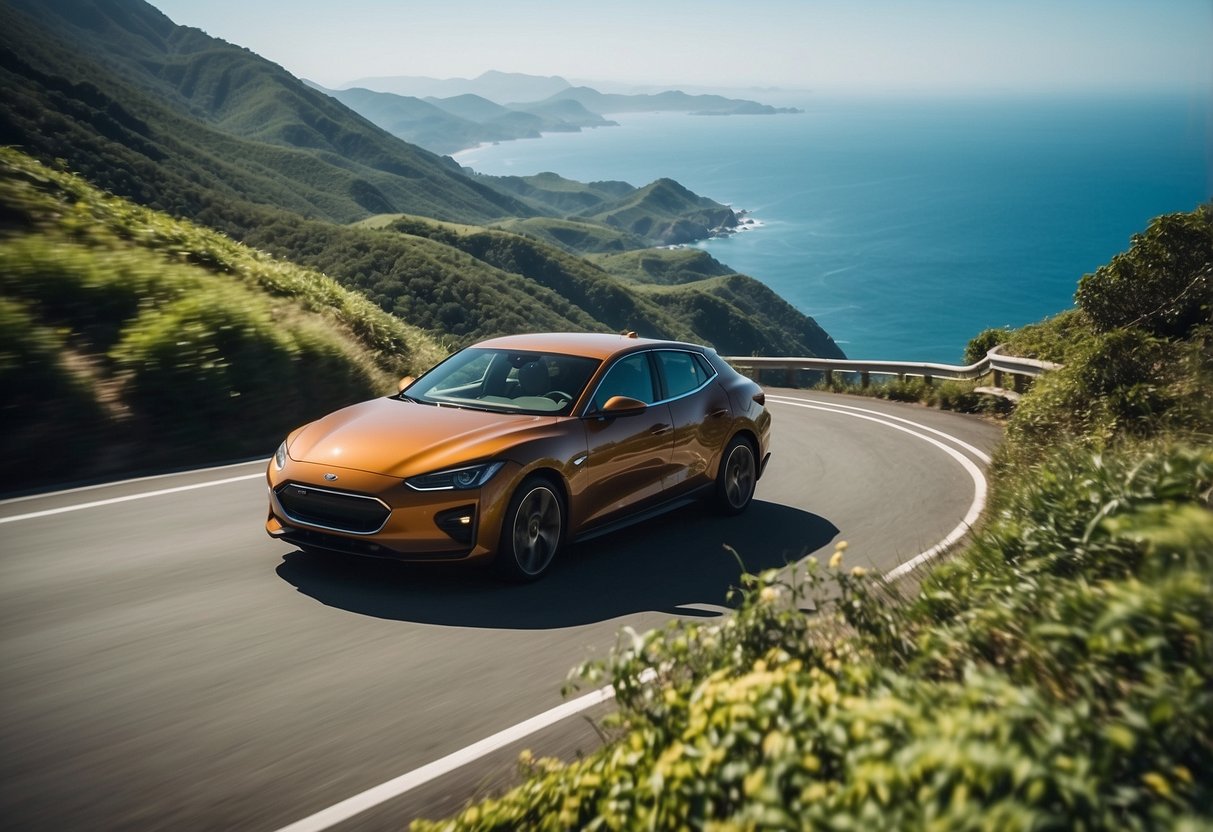AC vs DC Charging: Understanding the Differences for Electric Vehicles
In the realm of electric vehicles (EVs), understanding the differences between AC and DC charging is crucial for selecting the right charging solution for your needs. This article delves deep into the specifics of AC vs DC charging, focusing on their functionalities, advantages, and nuances that can help you make informed decisions.

Understanding AC vs DC Charging
When it comes to charging electric vehicles (EVs), the terms AC (Alternating Current) and DC (Direct Current) are frequently discussed. But what do they really mean in the context of EV charging, and how do they affect your charging experience? This article will dissect the nuances between AC and DC charging to clarify which method may be more advantageous for your electric vehicle.
What is AC Charging?
AC charging utilizes alternating current, a common electrical form that switches directions periodically. Home wall sockets typically provide AC power, making AC charging accessible and convenient for many EV owners.
Advantages of AC Charging
- Widespread Availability: AC charging stations are more prevalent in residential areas, making them easier to locate for charging at home.
- Cost-Effectiveness: Installation and infrastructure for AC charging are generally less costly, making this option appealing for many users.
- Compatibility: Most electric vehicles can charge via Type 1 (SAE J1772) and Type 2 (Mennekes) connectors, which are designed for AC charging.
What is DC Charging?
DC charging provides direct current, which flows in a single direction. Unlike AC chargers, DC fast chargers convert AC power to DC power within the charging unit, allowing for much quicker charging times.
Advantages of DC Charging
- Faster Charging Speeds: DC charging can significantly reduce charging time, often replenishing an EV’s battery to 80% in just 20-30 minutes.
- Ideal for Road Trips: For long-distance travel, DC fast chargers are convenient and enable users to quickly resume their journey.
- High Power Output: DC chargers can offer power outputs exceeding 350 kW, making them suitable for high-capacity battery systems.
AC vs DC Charging: Key Differences
When considering AC vs DC charging, several key differences stand out:
- Charging Speed: The most apparent difference is the speed; while AC charging can take several hours, DC charging can be completed in under an hour.
- Cost and Installation: AC charging stations are generally cheaper to install, while DC fast charging equipment can require a significant investment.
- Best Use Cases: AC is great for overnight charging at home, while DC is preferred for fast, on-the-go charging during travels.
Which Charging Method is Better?
The answer to this question depends on your specific needs as an EV owner. If you primarily use your vehicle for daily commuting, AC charging is often sufficient and cost-effective. However, if you frequently take long trips and need rapid recharging capabilities, DC charging will likely serve your needs better.
Impacts on EV Battery Health
Another important aspect to consider in the AC vs DC charging debate is the impact of each method on battery health. DC charging delivers higher voltage directly to the battery, which can result in more heat generation. Frequent use of DC fast charging could theoretically maximize battery wear over time, whereas AC charging is generally milder on battery systems.
Best Practices for Battery Longevity
- Mix Charging Methods: Employ a balanced mixture of DC and AC charging based on your daily use and long trips.
- Avoid 100% Charge: Charging to 100% with DC may accelerate degradation. Instead, aim for 80-90% most of the time.
- Regular Gaps: Allow your battery to breathe by not initiating charging as soon as it dips below 20%.
Future Trends in Charging Technologies
The electric vehicle landscape is continually evolving, and so are charging technologies. Innovations such as bidirectional charging allow cars to act as power sources and may make charging methods more versatile.
Wireless Charging Technology: Research into wireless (inductive) charging technology is advancing, allowing even greater convenience without the need to plug in.
Conclusion
Ultimately, the choice between AC vs DC charging depends crucially on individual circumstances. By understanding the specific advantages of each charging method and their impacts on your electric vehicle, you can make informed choices that suit your driving habits and lifestyle. Whether you're at home charging overnight or on the road needing a quick boost, grasping the details of AC and DC charging ensures you can optimize your electric vehicle experience.
New posts

Maximizing Your Savings: A Complete Guide to Rebates for Home EV Chargers
Home Improvement

How Often Do You Have to Charge an Electric Car? A Comprehensive Guide
Sustainability

Comparing Wired and Wireless EV Charging Systems: A Comprehensive Analysis
Automotive

Challenges in Urban EV Charging Infrastructure: A Deep Dive
Smart Cities

The Impact of EV Charging on Local Power Grids: Understanding the Challenges and Opportunities
Electric Vehicles

The Role of EV Charging in Urban Planning: A Sustainable Future
Sustainability

The Future of EV Charging Stations and Smart Grid Integration: Transforming Energy Management
Sustainability

EV Charging in the Smart City Era: Revolutionizing Urban Mobility
Sustainability

EV Charging and Grid Stability: An Overview
Sustainability

How Cities Are Adapting to Electric Vehicle Charging: Innovations and Strategies
Sustainability
Popular posts

Insights from the Frontline: Interviews with EV Charging Industry Experts
Interviews

Exploring the Latest EV Charging Station Design Trends
Technology Trends

The Future is Bright: EV Charging and Home Solar Panel Integration Explained
Home Improvement

Understanding the Difference Between AC and DC Chargers: Key Insights
Energy Efficiency

Emerging Trends in Electric Vehicle Charging Standards: What to Watch for in 2024
Sustainability

EV Charging Innovations from Around the World: Transforming the Future of Electric Mobility
Innovation

Global EV Charging Infrastructure Developments: A Comprehensive Overview
Sustainability

How Cities Are Adapting to Electric Vehicle Charging: Innovations and Strategies
Sustainability

EV Charging in the Smart City Era: Revolutionizing Urban Mobility
Sustainability

Future of EV Charging: Expert Predictions for 2025 and Beyond
Electric Vehicles